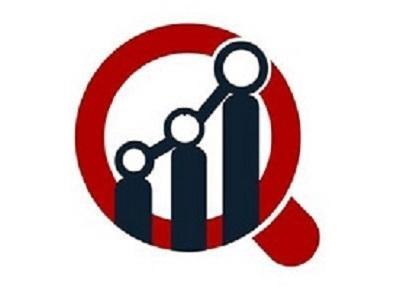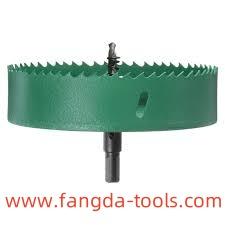Smart Electricity Meter Market Insights and Forecast

Smart electricity meters – Smart meters enable accurate, real-time electricity consumption monitoring and support energy management initiatives.
A smart electricity meter is the foundational hardware component of the Advanced Metering Infrastructure, serving as the intelligent measurement and communication device at the customer premise. Qualitatively, it represents a revolutionary shift from the traditional, purely mechanical meter by functioning as a sensor, a network node, and a local decision-making point on the modern grid.
Core Qualitative Features and Functions
Bidirectional Measurement and Communication: The most significant feature is the capability for two-way data flow. The meter not only records electricity consumption from the grid but can also measure power sent back to the grid (e.g., from rooftop solar panels). This measurement data is then transmitted automatically to the utility's central system. This function is non-existent in legacy meters.
Granular Interval Data Recording: Unlike old meters that provided a single monthly reading, smart meters record usage data at short, defined intervals (e.g., every 15 minutes). This creates a highly detailed load profile that allows the utility to understand consumption patterns across its entire service territory and enables the customer to see when they use the most energy. This granularity is essential for time-based tariffs and demand management programs.
Remote Connect/Disconnect Capability: Most smart meters incorporate an internal relay that allows the utility to remotely switch the service on or off without needing to send a field technician. Qualitatively, this drastically improves operational efficiency for service activations, disconnections for non-payment, and reconnection following an outage.
Power Quality and Outage Detection: Smart meters act as grid-edge sensors. They can monitor and report on voltage fluctuations, power quality disturbances, and, critically, power outages. By receiving a "last gasp" signal from meters when power is lost, and a "power restored" signal upon reconnection, utilities can pinpoint outage locations faster, leading to more efficient restoration and improved system resilience.
Tamper Detection and Security: Smart meters are equipped with physical and logical features to detect and report on attempts to illegally bypass or interfere with the metering mechanism. This includes sensing physical intrusion, magnetic interference, or software manipulation. This function is vital for revenue protection and reducing non-technical losses.
Load Management and Demand Response Enablement: The smart meter is the physical interface for Demand Response (DR) programs. Through communication with the utility's central system, it can receive signals to shed non-essential load (e.g., adjust a smart thermostat or water heater) during peak demand periods, effectively enabling the customer to participate in balancing the grid.
Role in the Modern Grid System
The smart meter is instrumental in transforming the passive electricity grid into an active, intelligent smart grid.
Integration of Renewables: By monitoring power flowing in both directions, smart meters are a prerequisite for the mass adoption of Distributed Energy Resources (DERs), ensuring the grid remains balanced and safe as intermittent power sources come online and off.
Dynamic Pricing: The ability to record interval data allows utilities to implement Time-of-Use (ToU) or other dynamic tariffs, where the price of electricity changes throughout the day. This provides a direct qualitative signal to consumers to shift non-essential energy use away from high-demand periods, improving system efficiency.
Enhanced Customer Service: Real-time data collection eliminates "estimated billing" and provides accurate, immediate usage information, leading to fewer billing disputes and higher customer satisfaction.
FAQs on Smart Electricity Meters
1. Q: How does the smart meter's ability to record interval data qualitatively benefit the average consumer?
A: It shifts the consumer's role from a passive rate-payer to an active energy manager. The detailed data, viewed through a mobile app, allows the consumer to see which activities (e.g., running the A/C at 5 PM) are costing the most, enabling them to change habits, shift usage to off-peak hours, and select a tariff structure that best suits their actual consumption profile, leading to greater control over their energy costs.
2. Q: What is the main non-measurement function that a smart meter provides to a utility during a major storm or system event?
A: The main non-measurement function is Outage Notification and Verification. The meter's ability to send a "last gasp" message when power is lost allows the utility's Outage Management System (OMS) to immediately and accurately pinpoint the location and scope of an outage without relying on customer phone calls, significantly speeding up restoration efforts and improving grid resilience.
3. Q: Qualitatively, how does a smart meter facilitate the "Prosumer" role in the energy market?
A: The smart meter is the technical enabler for the "Prosumer" (a customer who produces and consumes energy). Its bidirectional metering capability accurately tracks the energy consumed from the grid and the excess energy produced (e.g., by solar) and fed back into the grid. This allows for accurate net metering or compensation, making localized power generation economically viable for the customer.
More Related Reports:



